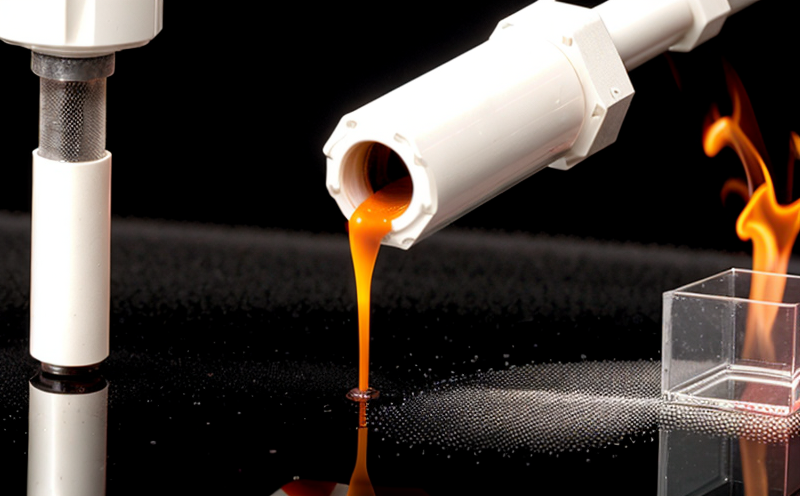ISO 16474 Light Exposure Testing of Nanostructured Surfaces
The ISO 16474 standard provides a framework for assessing the stability and degradation of nanomaterials under light exposure. This service is crucial in ensuring that nanostructured surfaces maintain their performance over time, especially in environments where they are exposed to natural or artificial light sources.
Understanding the behavior of nanomaterials under specific lighting conditions is essential for industries such as photovoltaics, coatings, and electronics, where long-term durability is critical. The standard outlines a series of test parameters that simulate real-world exposure scenarios, allowing manufacturers and researchers to evaluate their products' resilience against degradation.
The testing process begins with specimen preparation, which involves the creation of nanostructured surfaces that mimic the intended end use. These specimens are then exposed to controlled light sources that replicate various environmental conditions, such as sunlight or UV radiation. The test duration can vary depending on the stability requirements and desired outcomes.
During the testing process, real-time monitoring is conducted using advanced instrumentation capable of detecting changes in surface properties. Parameters measured include color change, roughness variation, and potential alteration in chemical composition. These measurements are compared against baseline data to assess degradation levels accurately.
Once the test period concludes, detailed reports are generated summarizing all findings. These reports serve as valuable resources for quality managers and compliance officers by providing insights into how well nanomaterials perform under specific lighting conditions. For R&D engineers, this information is invaluable in refining formulas or developing new materials that better withstand exposure to light.
The ISO 16474 standard ensures consistency across different laboratories performing similar tests worldwide. By adhering strictly to the outlined procedures and parameters, we guarantee reliable results that can be trusted by all stakeholders involved in nanotechnology development and application.
Our expertise lies not only in conducting these tests but also in interpreting their implications for various sectors. Whether you're developing a new photovoltaic panel or enhancing coating formulations, understanding how light exposure affects your materials is key to improving product longevity and reliability.
Benefits
Implementing ISO 16474 light exposure testing offers numerous benefits across various sectors:
- Enhanced durability of nanomaterials leading to extended product lifetimes.
- Increased reliability through precise measurement and analysis of material stability.
- Promotion of sustainable practices by reducing the need for frequent replacements due to premature degradation.
Customer Impact and Satisfaction
Customers seeking to enhance product performance and ensure compliance with industry standards find our services invaluable. Our detailed reports provide actionable insights that help companies make informed decisions about their nanomaterials.
By partnering with us, customers enjoy peace of mind knowing that their materials are thoroughly tested under realistic conditions. This leads to higher customer satisfaction as they can confidently introduce products into the market with greater assurance of quality and longevity.
Environmental and Sustainability Contributions
- Reduced waste by ensuring materials last longer in their intended applications.
- Promotion of sustainable practices through extended product lifecycle management.
- Decreased resource consumption due to reduced frequency of replacement or re-manufacture.





